That Obscure Object of Desire: Luxembourg & Dayan gallery explores sexuality, fetishism and obsession

Things are set to get racy in New York City when Luxembourg & Dayan opens its new show tomorrow. 'That Obscure Object of Desire' - inspired by Luis Brunel's 1977 film of the same title - will transform the gallery's elegant townhouse space on Manhattan's Upper East Side into a chamber of seduction, with an array of provocative works displayed in arousing proximity.
Instead of showcasing objects that overtly express sexuality, curators Tamar Margalit and Stephanie Adamowicz have honed in on the dark side of desire. A thread of obsession ties all the exhibited works together. In the show, the process of object-making - an act that is intensely pursued by artists with an erotic-level of infatuation - is as important as the object itself. The artists showcased are repeatedly drawn to certain forms, processes and materials with corporeal associations - an aspect that recurs throughout their careers.
'We kept going back to the idea that the fetishised object for many of these artists is linked to the obsessive nature of his or her practice,' say the curators. 'Whether it's [Hannah] Wilke's vaginal repetitive forms that she creates in various permutations or [Alina] Szapocznikow's [lip-shaped] resin lamps, which she made twenty of, there is a compulsion to revisit the object many times.'
From orifice-inspired pieces to Robert Heinecken's photographic fragmentations of the female figure, and Dorothea Tanning's 1970 work 'Traffic Sign' - a seemingly harmless, tweed-covered sculpture, until viewed alongside her pornographic watercolour and crayon studies - Luxembourg & Dayan's exhibition is a fresh, albeit dark, take on the notions of lust and desire.
'Our main criterion was to include works that revealed themselves differently each time one approaches them,' the duo explain. 'It was more about creating compelling pairings and points of intersection between the works. Almost all of the works in the show are small and relate to the human scale, such as an object that you would hold in your hand, or one you could sit on in the case of [Anthea Hamilton and Julie Verhoeven's] "Fruity Seating".'
The gallery's close quarters allow a dialogue to take place between the works, thus adding a further dimension to the show. The same compulsive thinking behind Hans Bellmer's prints of his sexualised poupées also reveals itself in Heinecken's photo-puzzles. Similarly, sculptural explorations of the body are the focus of both Anthea Hamilton and Alisa Baremboym, albeit in very different ways.
Presented in such refined quarters, the exhibition's explicit nature is magnified to a level that creates a duplicitous experience that does its Brunel associations justice. Regardless of your bedroom preferences, we recommend nipping in for a bit of afternoon delight.

'That Obscure Object of Desire' transforms the gallery space into a chamber of seduction, with an array of provocative works displayed in arousing proximity
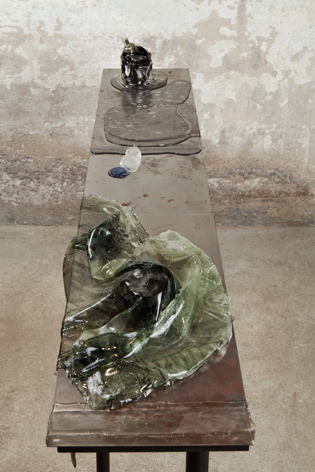
'Leakage Industries: Soft Screw' by Alisa Baremboym, 2012. Courtesy of 47 Canal.
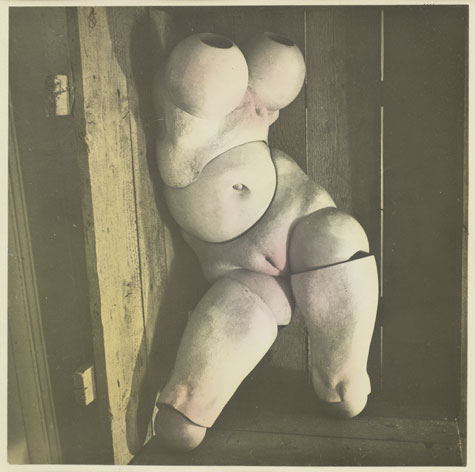
'La Poupée' by Hans Bellmer, 1949. © Artists Rights Society (ARS). Courtesy of Miguel Abreu Gallery.
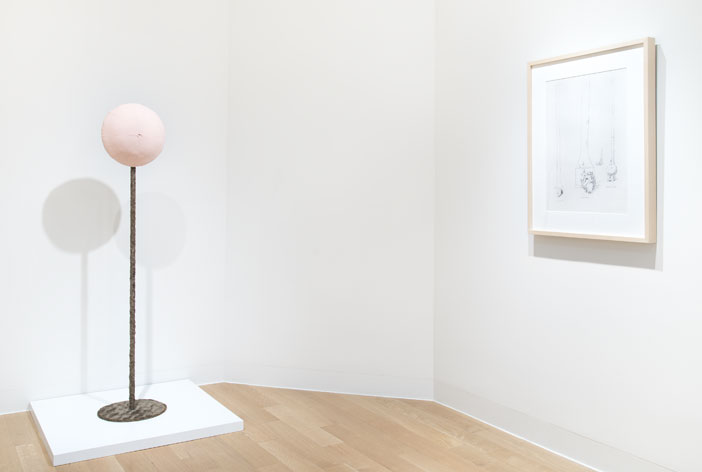
Dorothea Tanning's 1970 work 'Traffic Sign' (left) is a seemingly harmless, tweed-covered sculpture until viewed alongside her pornographic watercolour and crayon studies

'Untitled (frieze)', by Dorothea Tanning, 1965. © The Dorothea Tanning Foundation/Artists Rights Society (ARS), New York
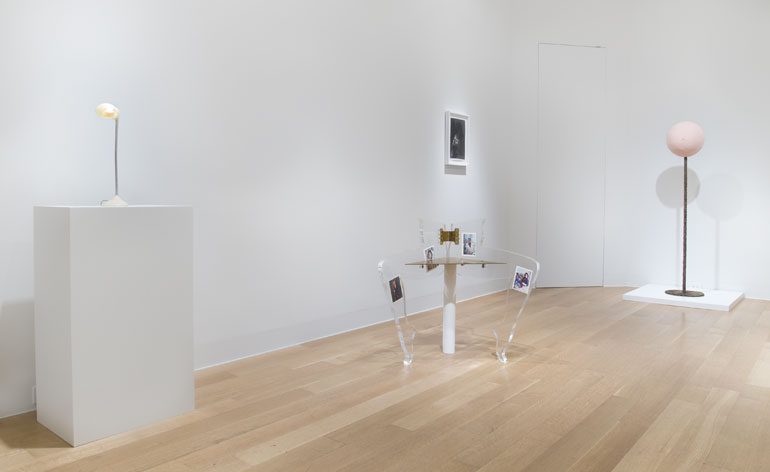
The gallery's close quarters allows a dialogue to take place between the works, thus adding a further dimension to the show
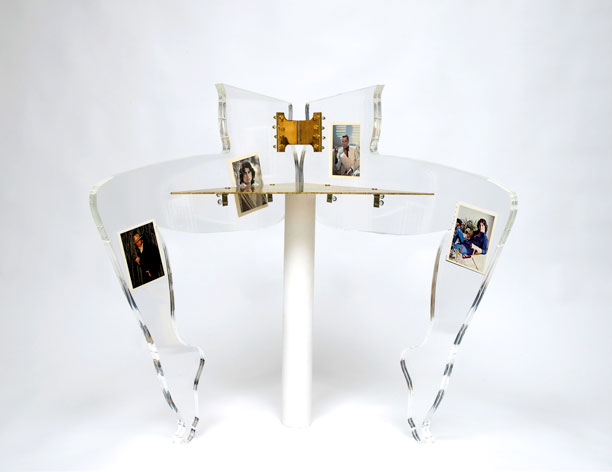
'Leg Chair (John Travolta)' by Anthea Hamilton, 2010. Collection of Beth Rudin De Woody.
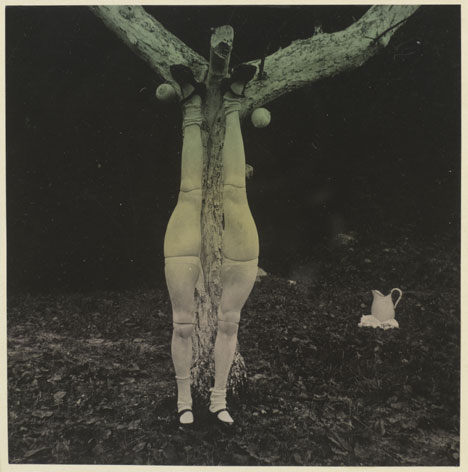
'La Poupée (L'attente latente)' by Hans Bellmer, 1949. © 2014 Artists Rights Society (ARS). Courtesy of Miguel Abreu Gallery
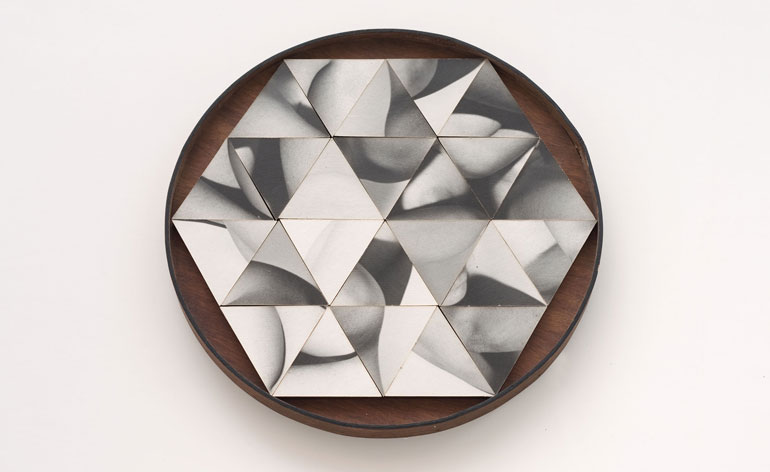
'Multiple Solution Puzzle' by Robert Heinecken. © The Robert Heinecken Trust. Courtesy of Cherry and Martin, Los Angeles

'Figure Horizon #4' by Robert Heinecken, 1972. © The Robert Heinecken Trust. Courtesy of Cherry and Martin, Los Angeles.
ADDRESS
Luxembourg & Dayan
64 East 77th Street
New York
NY 10075
Receive our daily digest of inspiration, escapism and design stories from around the world direct to your inbox.
Pei-Ru Keh is a former US Editor at Wallpaper*. Born and raised in Singapore, she has been a New Yorker since 2013. Pei-Ru held various titles at Wallpaper* between 2007 and 2023. She reports on design, tech, art, architecture, fashion, beauty and lifestyle happenings in the United States, both in print and digitally. Pei-Ru took a key role in championing diversity and representation within Wallpaper's content pillars, actively seeking out stories that reflect a wide range of perspectives. She lives in Brooklyn with her husband and two children, and is currently learning how to drive.
-
 New York's members-only boom shows no sign of stopping — and it's about to get even more niche
New York's members-only boom shows no sign of stopping — and it's about to get even more nicheFrom bathing clubs to listening bars, gatekeeping is back in a big way. Here's what's driving the wave of exclusivity
-
 The diverse world of Belgian embassy design – 'style and class without exaggeration'
The diverse world of Belgian embassy design – 'style and class without exaggeration''Building for Belgium: Belgian Embassies in a Globalising World' offers a deep dive into the architecture representing the country across the globe – bringing context to diplomatic architecture
-
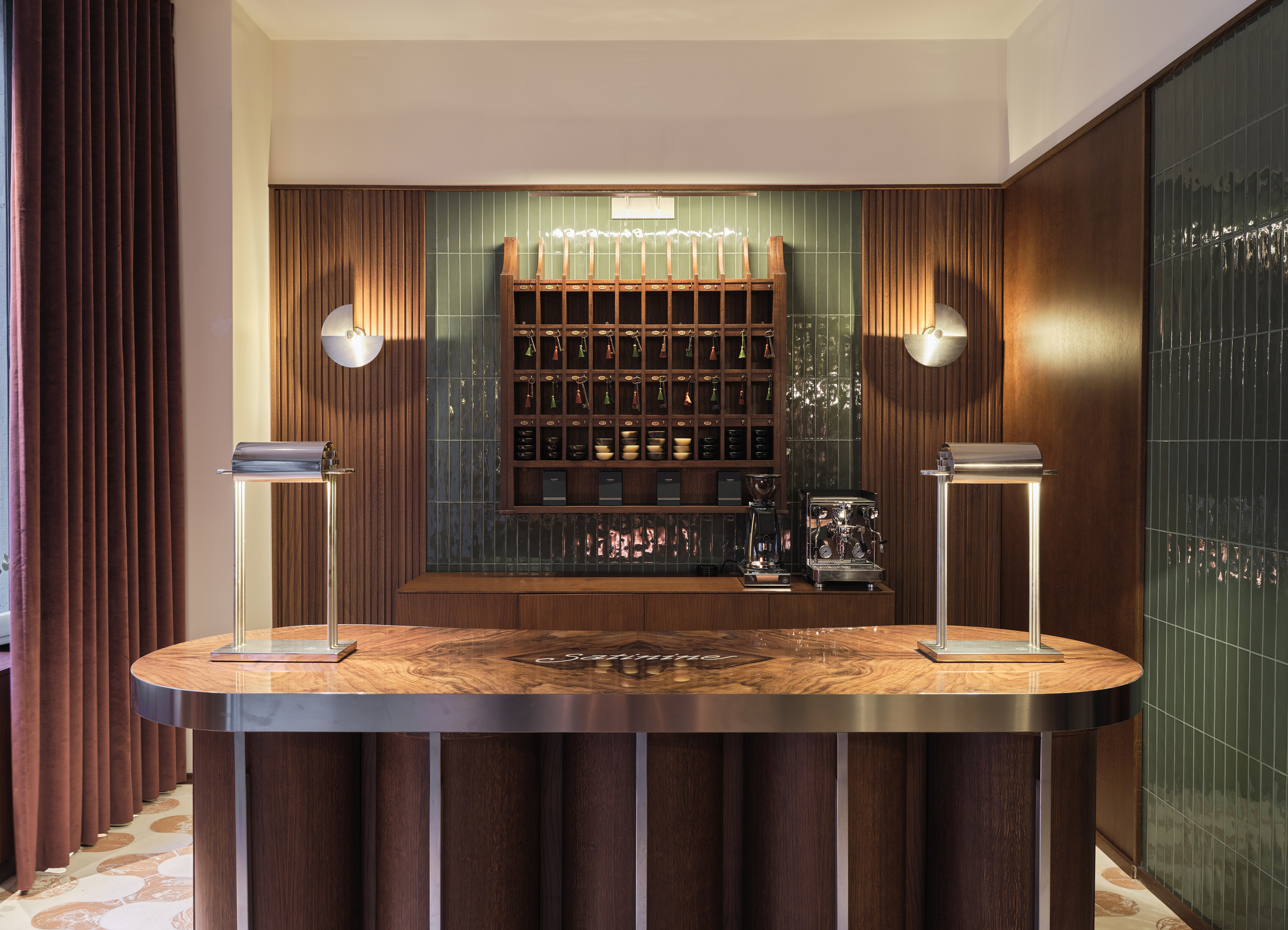 Pull up a bespoke pew at Milan’s new luxury perfumery Satinine, an homage to the city’s entryways
Pull up a bespoke pew at Milan’s new luxury perfumery Satinine, an homage to the city’s entrywaysDesigner Mara Bragagnolo fuses art deco details to bring storied Milanese fragrance brand Satinine into the 21st century
-
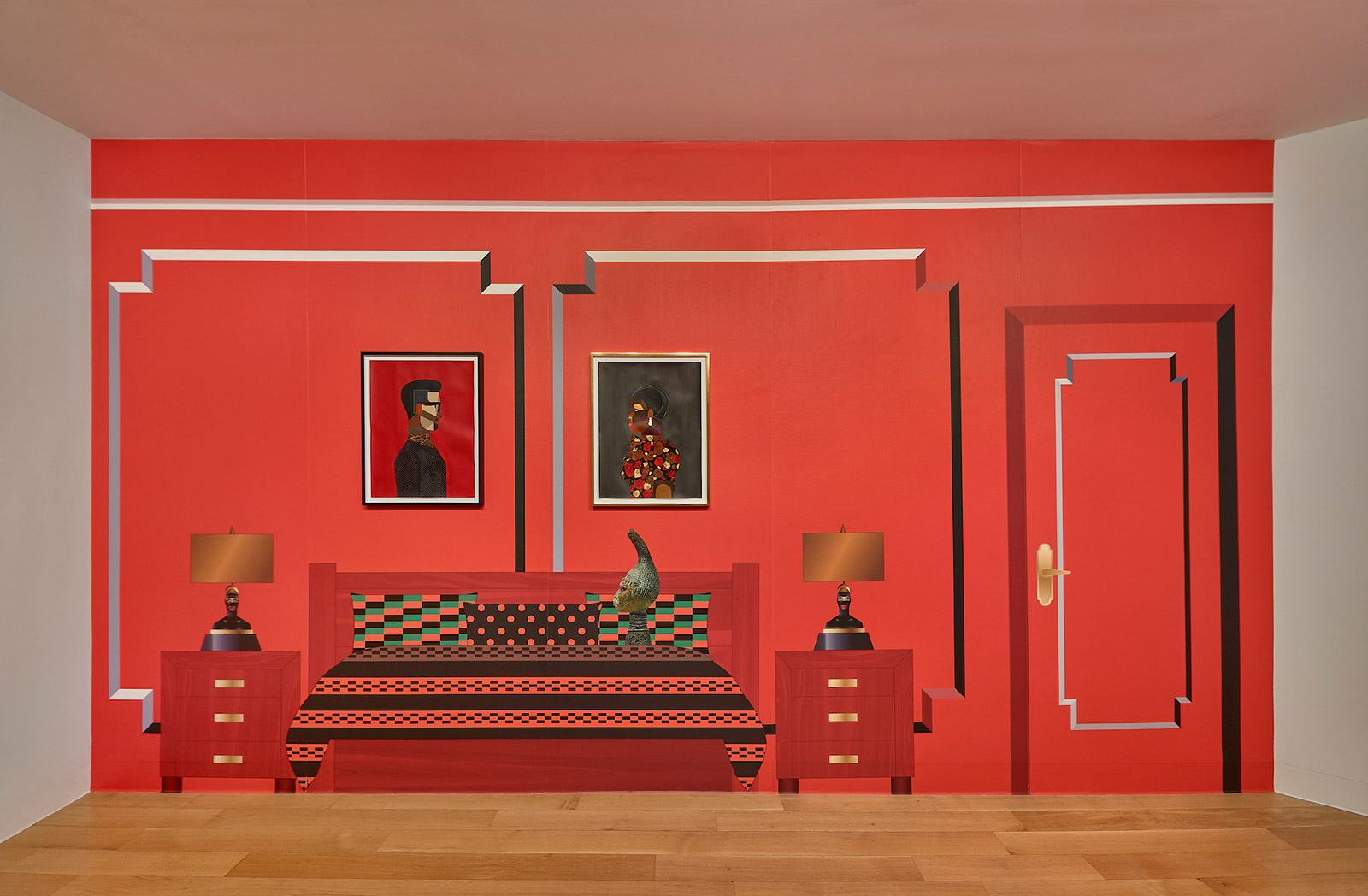 The domestic world’s a stage for artist Derrick Adams
The domestic world’s a stage for artist Derrick AdamsThe artist’s exhibition of domestic vignettes and portraits makes for intimate viewing at Luxembourg & Dayan’s New York townhouse gallery
-
 What’s in a kiss? Artists explore the expression of love in a new show
What’s in a kiss? Artists explore the expression of love in a new show -
 The complicated and ‘incomplete’ legacy of Nobuyoshi Araki
The complicated and ‘incomplete’ legacy of Nobuyoshi Araki -
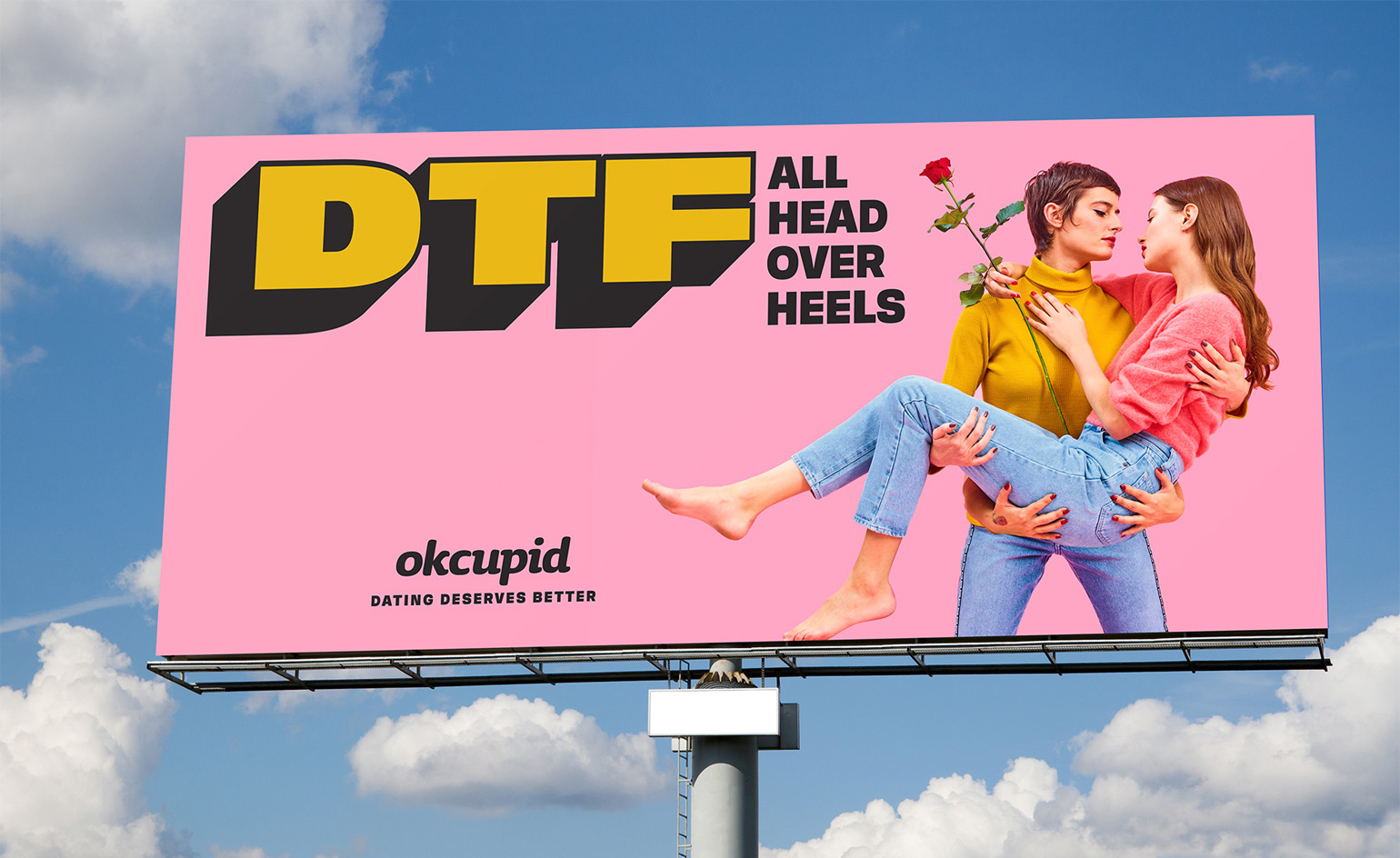 Open letter: the artists behind ToiletPaper are ‘DTF’ with OKCupid
Open letter: the artists behind ToiletPaper are ‘DTF’ with OKCupid -
 Graphic novel: Noma Bar gets personal in a visual autobiography
Graphic novel: Noma Bar gets personal in a visual autobiography -
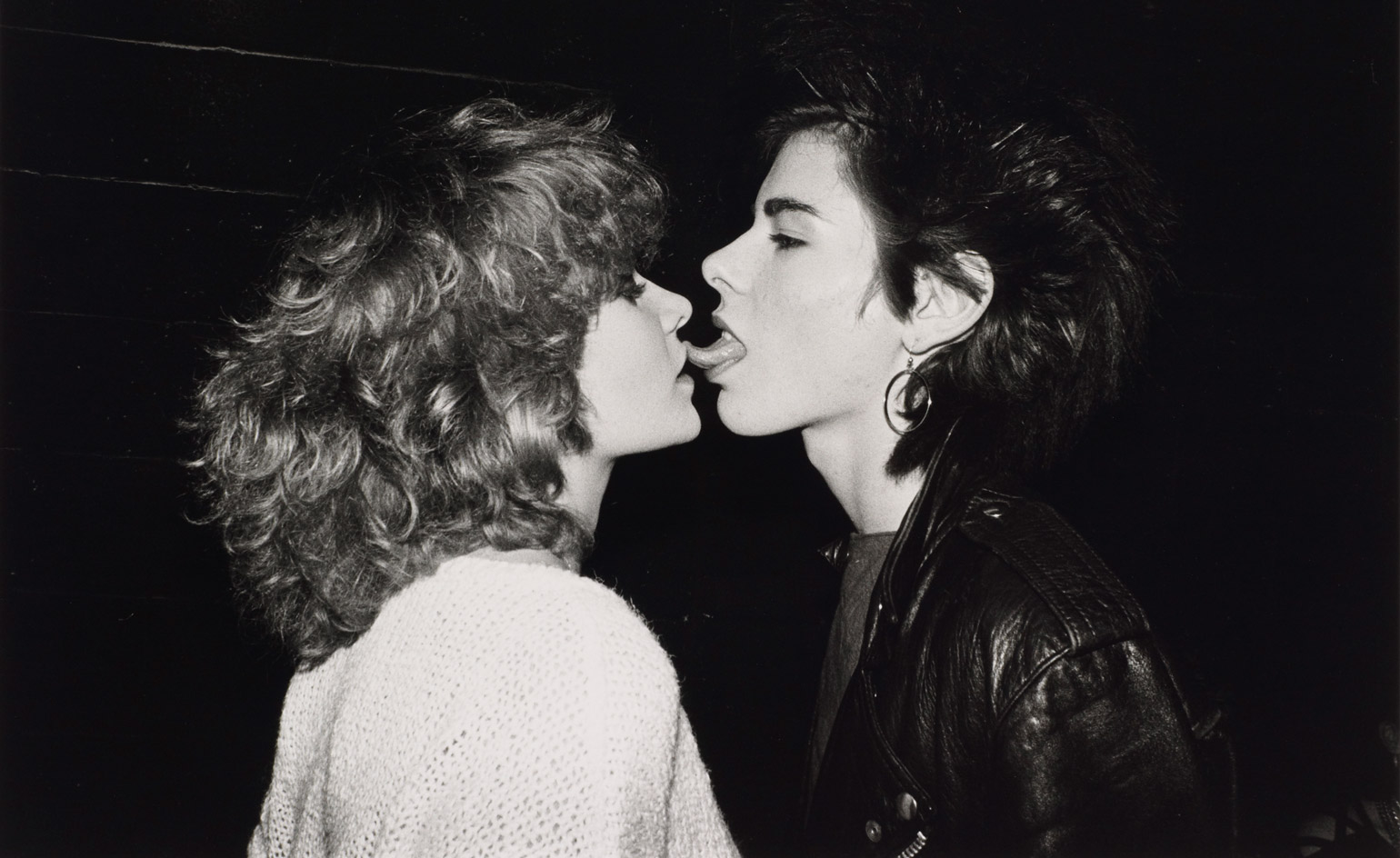 Celebrating gender identity, a new exhibition brings together a diverse cache of LGBT art
Celebrating gender identity, a new exhibition brings together a diverse cache of LGBT art -
 Double act: Daniel Libeskind takes on modern masters of abstract sculpture
Double act: Daniel Libeskind takes on modern masters of abstract sculpture -
 Silk road: Victoria Rowley on her provocative prints and the slow nature of making
Silk road: Victoria Rowley on her provocative prints and the slow nature of making